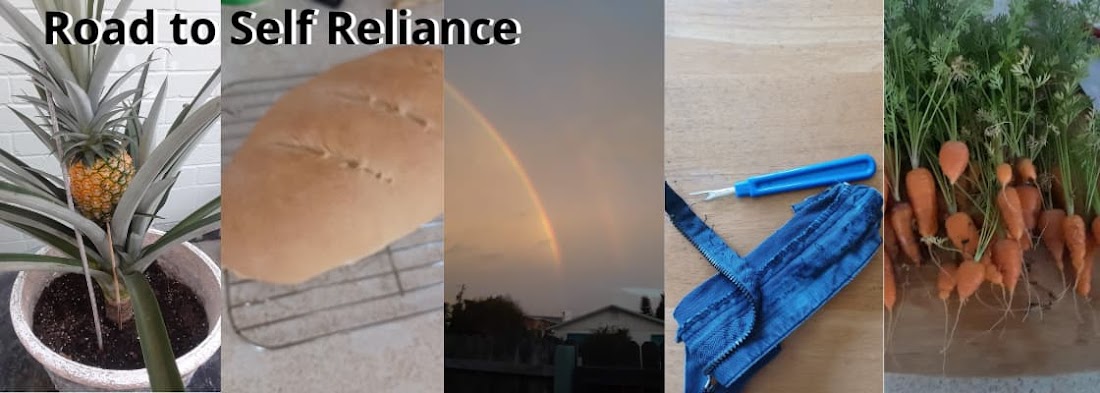Sprouts are easy to grow on your kitchen countertop and can be ready in less than a week. Here’s how I do it.
Do you live
in a climate where it is hard to grow lettuce? For me, in zone 9b in Florida, I
can grow lettuce in the late fall and through winter, but the rest of the year,
it is too hot.
Yet I want
fresh greens to put on sandwiches and add to salads. I also want to produce
more of my food and rely less on grocery stores.
I have found growing sprouts on my kitchen counter to be a great alternative. They are quick to produce, require little space, and are cost.
This post contains affiliate links. This means if you make a purchase, I may receive a small amount of compensation at no additional cost to you.
Watch Video
Here's the video of my process for sprouting seeds. Supplies and instructions are below.
Supplies:
- Sprouting Seeds (I've purchased from Sprout People and from Mountain Rose Herbs with great results)
- Glass jar - I use a pint size
- Cover for the jar that lets you drain water – you can use cheesecloth and rubber band it around the top, which is what I did initially. However, it is messy, and the cheesecloth quickly wears out. I purchased a set of three from Sprout People and have found them to be a great help. You can easily change the screen from the smallest to larger holes to let the water drain effectively as the sprouts grow
To Sprout:
Put 1
tablespoon of sprouting seeds in the jar. If you have a larger jar, you can use
more seeds and make more sprouts; however, be sure you will use them all before
they go bad – mine last about 10 to 12 days in the refrigerator.
Cover seeds
with plenty of water. You want to be sure they get completely wet.
Stir to be
sure all seeds are wet.
Cover with a
lid that will let you drain and let sit in a darker place on a counter for 8-12
hours. Different seeds have different soak times, so check the package or do an
internet search for optimal soak times. I like to start mine in the evening and
let them soak overnight.
Drain off
the water. You may want to turn it upside down on a dish drainer to let the
most of the water drain out.
Set the
sprouts on the counter out of direct light.
About every
12 hours, add water to the jar and swirl it around to be sure all seeds are
wet. Drain.
Continue
with this until most of the seeds have sprouted and filled the jar. This will
vary depending on the type of seed and the temperature of your home. Mine are
ready a day or so earlier in summer than winter.
Remove from
the jar and put in a container in the refrigerator.
How to Use Sprouts
- Put them on sandwiches. When it is too hot to grow lettuce, these are a great replacement.
- Add them to salads.
- Mixed them into egg salad for a bit of crunch and flavor.
- Eat them out of hand as a snack.






